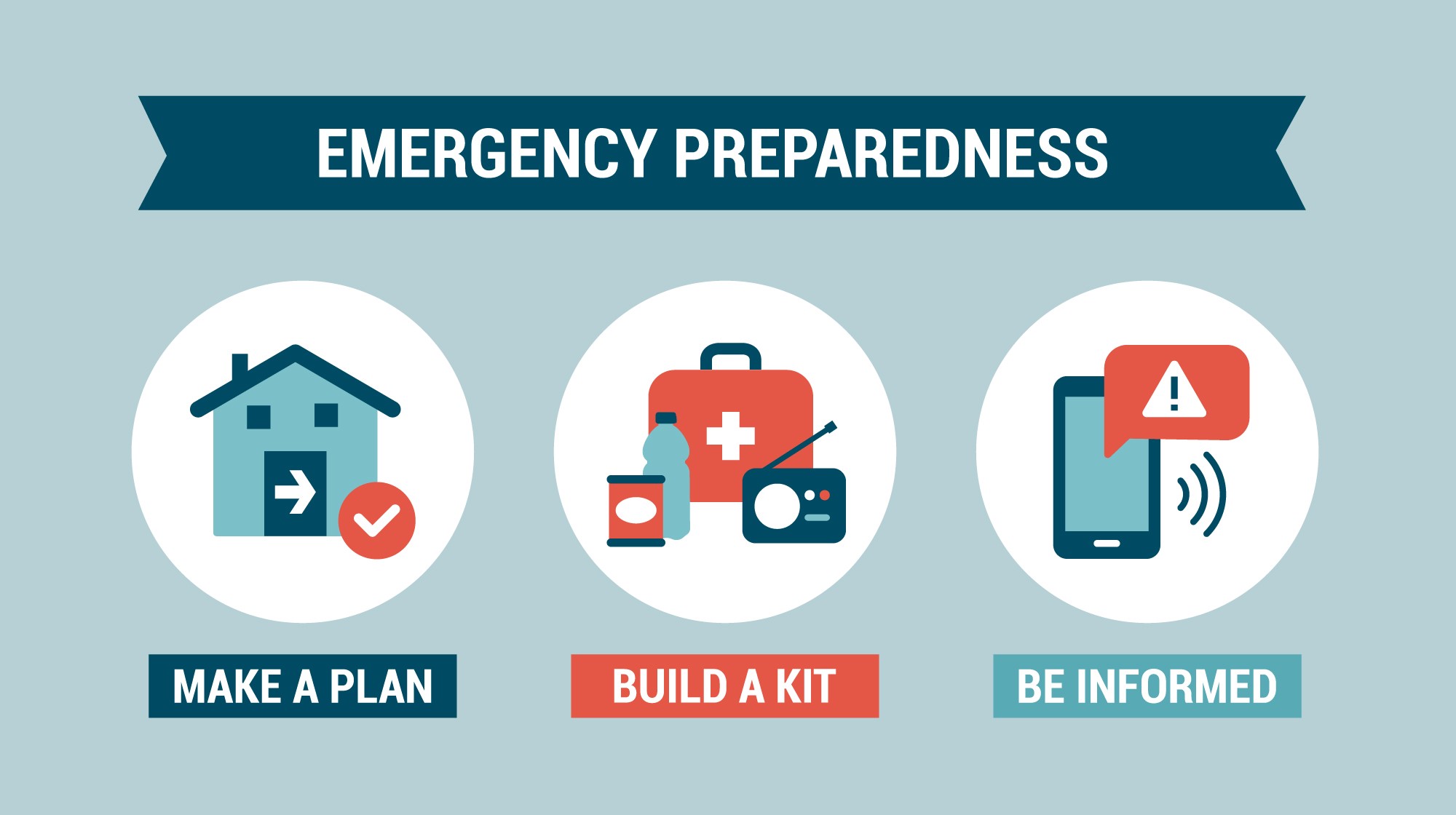
A 4.8 magnitude earthquake was reported on the Sunshine Coast Feb. 21, with people reporting tremors across southwest BC. In the immediate threat of an earthquake, it's always best to drop, cover and hold on until it's safe.
This is a good reminder to be prepared in the event of an emergency. The First Nations Health Authority (FNHA) encourages First Nations individuals, families, and communities begin to plan, prepare, and stay informed.
How to Prepare for an Emergency
- Create an Emergency Plan.
- Choose an Emergency Meeting Place.
- Plan how to communicate and create a written phone list. This should include someone outside of your area, usually outside of BC. Make sure all household members have the same contact numbers in case of separation.
- Pick a safe meeting place, such as a school or a library.
- Plan to have somebody you trust pick up your children from school or daycare if you can't get to them.
Build a Grab-and-Go Bag
If you're forced to leave your home or workplace, it's important to able to evacuate in a hurry. To be better prepared for an emergency or evacuation it is advisable to create a grab-and-go bag including items you will need in the immediate period following such an event.
Some things to include in such a kit could include:
- Food (non-perishable and read to eat) and water for 72 hours
- Phone charger and battery bank
- Small battery-powered radio
- Battery-powered and flashlight and extra batteries
- Small first-aid kit and personal medications – Devil's Club Rub, Arthritis Salve, Anti-inflammatory Stinging Nettle Tea
- Personal toiletries and items, such as an extra pair of glasses or contact lenses
- Copy of your emergency plan and important documents such as insurance papers and identification
- Cash in small bills
- Seasonal clothing and an emergency blanket
- Pen and notepad
- Whistle
- Sage and cedar bundle
Who is Most at Risk?
It is important to monitor yourself, family members, elders and people in community and to consider developing a check-in system for neighbours and friends who are at higher risk during floods.
Stay informed

